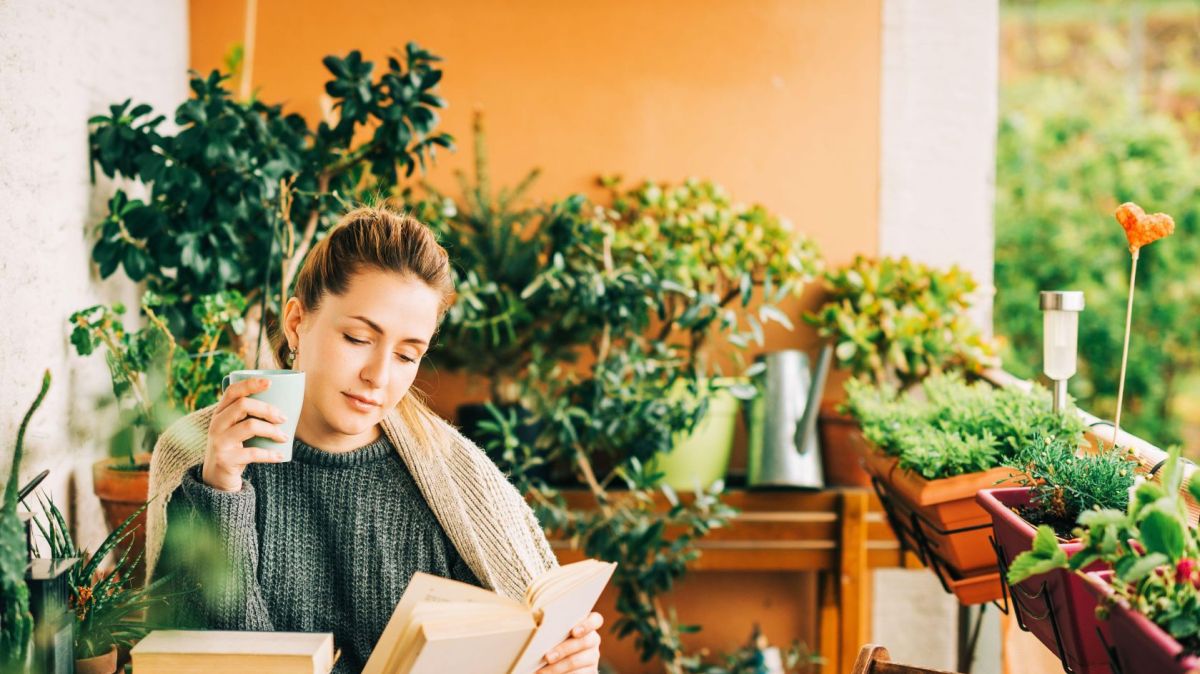Gardening might not be the first thing that comes to mind when thinking of children’s hobbies, but Frances Tophill is on a mission to change that. The horticulturist, author and TV presenter believes that sowing seeds and getting muddy fingers can be magical for young minds – and it doesn’t need to involve a big garden or fancy tools.
Tophill has written a gardening book for children, ‘How to Grow a Garden’, designed to help children discover the fun in planting, building and watching nature do its thing.
Here Tophill shares her seven top tips for getting children excited about gardening – from bug hotels to peas in a pod.
1. Build a bug hotel
If your child is fascinated by creepy-crawlies, this is the perfect project. Creating a bug hotel encourages kids to think about wildlife and biodiversity – all while doing some clever upcycling with garden scraps.
“Building a bug hotel is a very nice thing to do that’s quite a long-term thing,” says Tophill. “You could do it with bamboo sticks, or with rubble and stone, or with pine cones and leaves.”
She explains that even tidying the garden becomes a teachable moment: “As you do your spring tidy, you’re going to be destroying a lot of habitat […] So before you do that, build with your children a space where insects can go and live long-term.”
Whether it’s an old pallet or a pile of pine cones in a corner, this is a great way to make gardening feel alive.
2. Start simple with seeds
Few things are more rewarding for a child than seeing a tiny seed grow into something they can actually pick and eat. Tophill recommends starting with the classics – and keeping it playful.
Sunflowers are the classic but edible crops are just as exciting. “Peas are a really nice thing to grow so they can understand how to sow a seed […] then they can see that their peas come in a pod, and it’s not this kind of packaging.”
Even a tomato seed on a sunny windowsill can turn into a full-circle learning experience. “In the book I follow a tomato from seed,” says Tophill, “it’s quite a nice rounded project you can start now through until the autumn.”

3. Embrace the mud and mess
For adults, gardening is often about neat rows and tidy borders. For kids, it should be the opposite. Tophill says: let them get messy.
“Totally embrace mess and chaos,” she laughs. “We live in a very sanitised world, and we know the fungi, the bacteria in soil are good for our microbiome.”
Even the simplest activity – filling a pot with compost and poking in a seed – becomes a chance for exploration. “[Get a] bag of compost, fill up a pot, stick a seed in and firm it down. Simple process.
“[You could] show the child how to do that, and from then on, it’s all stuff they can do very easily.”
4. Give them a space to call their own
Giving children a sense of ownership in the garden can make them feel confident and invested – but a little support goes a long way.
“I think that’s a really good idea – designating a particular area of your garden for kids to look after,” says Tophill. She remembers her own childhood gardening memories vividly: “My mum gave us a big pot […] she let us fully have autonomy, which is great. But I ended up putting houseplants in it and they all died.”
Tophill’s advice is to not let early mistakes turn into discouragement. “A little guidance would help. Don’t make them have to do it. Don’t make it into a chore […] If they’re going a bit awry, help them so they don’t feel bad at something. That’s a big barrier I’ve seen.”

5. Create a quiet corner
Gardens aren’t just places for play – they can also be spaces for calm, reflection and even emotional support.
For the past 13 years, Tophill has visited schools to enhance gardening within schools. “There was one school that had a thoughtful caterpillar made of old tyres. If any child was feeling lonely or a bit down, they’d sit on it and it was a signal to others that they needed extra help.”
At home, it could be as simple as a shady bench or a tree stump painted colourfully. “It could be a space in your garden where a child knows they can go if they’re feeling overwhelmed or need a moment,” she says.
How to Grow a Garden by Frances Tophill and illustrated by Charlotte Ager is available to buy at magiccatpublishing.co.uk















